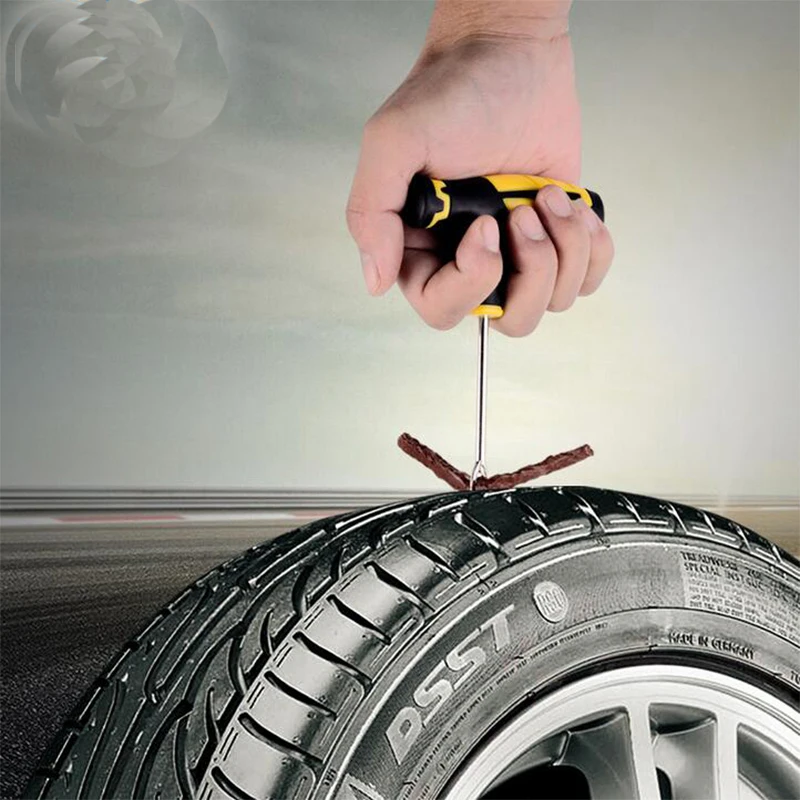Okay, so you’ve got yourself a puncture in one or more of your tires. It can happen. Tire repair is an option to explore rather than buying a brand-new tire, but drivers should know the full extent of what is legally permissible to have fixed.
The law in most countries has a strict definition as to the classification of repair materials, and the number of repairs permitted on a single tire. Regulations like these are necessary to ensure safety for all road users.
In summary, tire repair work is not permissible when:
The precise location of the puncture is also a deciding factor. The rules stipulate that tire repairs must stay within the central three-quarters of the tread, known as the “minor repair area.”
Moreover, if the size of the puncture is more than or equal to 6 mm in diameter, a repair isn’t permitted at all. Drivers have no other alternative than to invest in a brand-new tire.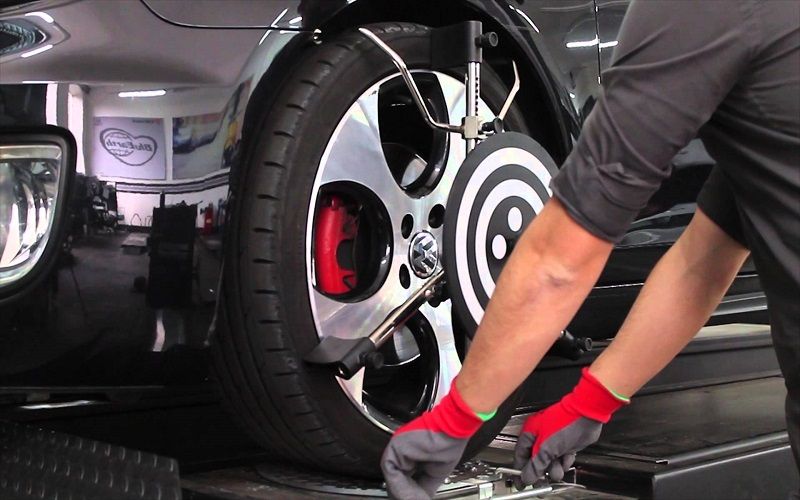
In a word, no. More specifically, a puncture that falls outside the minor repair area is not eligible for fixing because of its proximity to the sidewall.
The sidewall is off limits for a straightforward reason. When the tire is in daily operation, this section undergoes a significant amount of stress. Any attempts at making repairs in this area will potentially weaken the structural integrity of the tire.
Another factor is that the sidewall experiences the most flex in the tire. It’s unlikely that a repair patch applied here will stay in place for very long, and the tire will fail once again.
One more thing concerning the sidewall is that you should avoid driving any further on a flat tire if you hope to salvage it. Inflation pressure maintains the shape of the tire while driving; when that pressure is lost, the tire sidewall is going to be pinched between the wheel rim and the road, so continuing to drive will extend the damage beyond the minor repair area.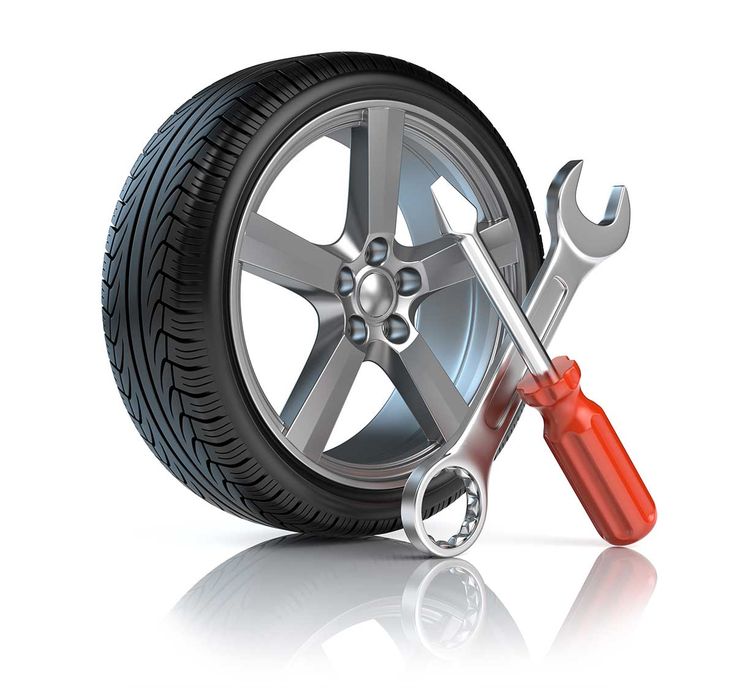
In other words, do not drive on a deflated tire while the puncture is within the minor repair area (and is therefore repairable). The tire sidewall could sustain additional damage that renders it beyond repair. The better course of action is to have the vehicle towed or swap the punctured tire out for the spare tire until you reach the nearest garage.
Dealer Locator
What is Tire Repair?
Tire repair refers to the process of replacing a faulty tire with a new one or simply repairing a tiny puncture. While it sounds like a job anyone with two hands can handle, it’s recommended to go to a shop that specializes in repairing tires to ensure that you get your problem solved completely.
Why You May Need Your Tire Repaired?
Years ago, car owners frequently dealt with the superfluous hassle of repairing their tires due to the quality. Thanks to the manufacturers and present day technology, tires are meant to withstand even the worst conditions on the road. While this holds much truth, it is not uncommon for people to find themselves needing to have their tire(s) repaired due to weather or other hazards on the road.
Thanks to the manufacturers and present day technology, tires are meant to withstand even the worst conditions on the road. While this holds much truth, it is not uncommon for people to find themselves needing to have their tire(s) repaired due to weather or other hazards on the road.
How Much Will A Tire Repair Run You?
While a tire repair won’t cost you an arm and a leg, it will cost you a bit of your time. If you’re looking into having a puncture repaired on a tire, you’re looking at spending on average between $10 to $20 dollars. The size of the puncture makes a huge difference and will determine the amount you will spend on getting your tire repaired.
Important Facts You Should Know About Tires
 Failing to do so can result in damaging your tire even further. Sidewalls cannot be plugged .
Failing to do so can result in damaging your tire even further. Sidewalls cannot be plugged . What Process is Used When Repairing a Tire?
A tire plug is exactly what it sounds like; a sticky expandable plug that is inserted into the puncture in hopes of keeping the injury secure long enough for the tire to re-inflate with air. A patch is also pretty self-explanatory when it comes to description. Better known as a radial patch, this piece of material is used to seal up the damaged tire. Due to the heat caused by driving, the patch eventually melts into the tire completely erasing all notices of repair.
Most vehicles are equipped with a spare tire if you happen to be running on a flat. In some cases, you might have to go to your local car shop to purchase a tire depending on the circumstances.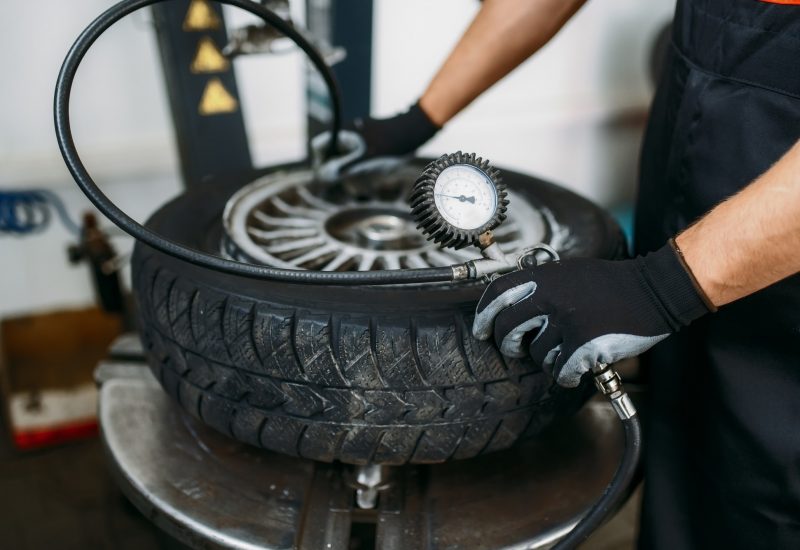
The Difference Between a Plug and a Patch
While the plug takes less time and can be down without removing the entire tire in comparison to the plug, it’s more likely for a car owner to come back in a shorter amount of time for yet another repair after getting a plug opposed to a patch.
Sources:
http://www.tirereview.com/back-to-basics-1-basic-tire-repair/
https://www.carsdirect.com/car-repair/average-tire-puncture-repair-cost
http://txtire.com/blog/view/fixing-flat-tires-tire-plug-vs-radial-patch
Your Name (required)
Your Email (required)
Phone (required)
What is the best way to reach?
Phone
Email
Please enable JavaScript in your browser to display pages properly.
8 (800) 707-65-40
Request a call
Remind password
Personal account
New customer
5 + 6 = I hereby confirm that I have read and agree to the terms of the privacy policy and consent to the processing of my personal data.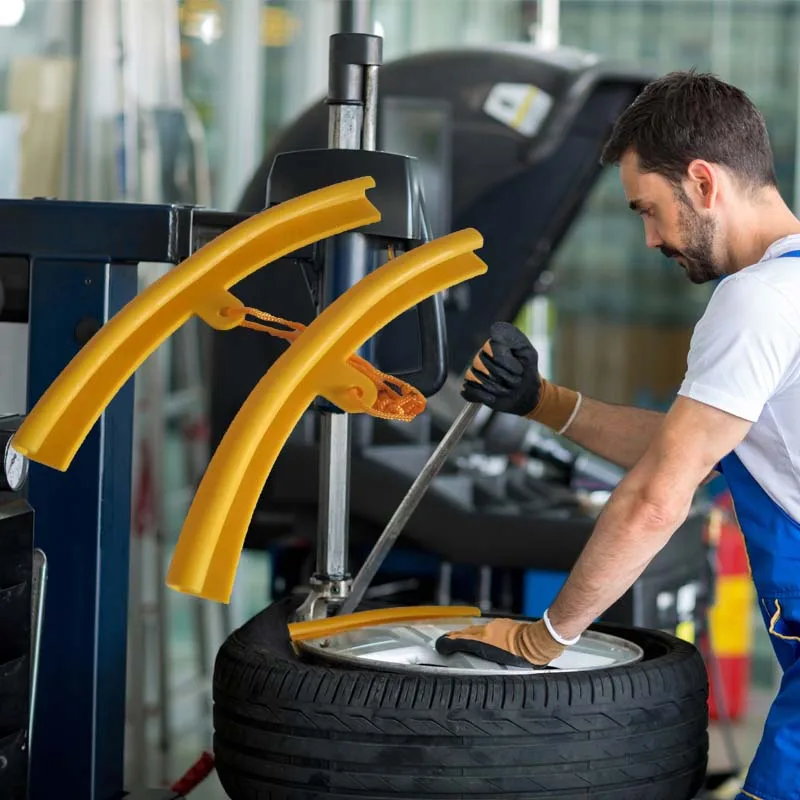 Learn more
Learn more
Request a call
Leave your phone number and a convenient time to call, and we will call you back
Shopul. Komsomolskoye highway, 3b st. Business, 7st. Vaneeva, 209Aul. Golubeva, 7 st. Karl Marx, 60 vul. Comintern, 39, room 1st. Generala Ivlieva, house 24Aul. Fuchik, 36, Perekhodnikova st., 28/1 st. Dyakonova, 2 r. Gaugelya 2A/2pr. Gagarina, 37b 2 + 1 =I hereby confirm that I have read and agree to the terms of the privacy policy and consent to the processing of my personal data. Learn more
Almost every motorist in the process of using his vehicle has encountered tire damage , whether it be a puncture, a side cut or a hernia. And as a rule, this problem appears at the most inopportune moment. In order to qualitatively and quickly carry out car tire repair , it is better to immediately contact a tire shop.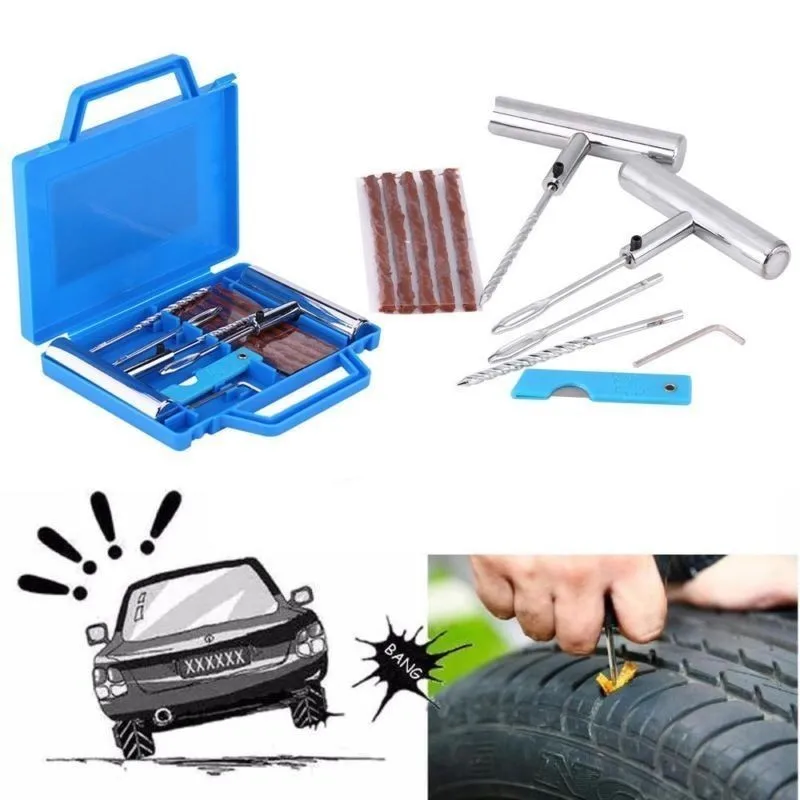
Let's take a closer look at the possible cases of car tire repair:
 Such damage is difficult to repair.
Such damage is difficult to repair. It is necessary to carefully monitor the good condition of the tires of your car, and in case of damage, carry out repair of car tires in time, tire fitting in Nizhny Novgorod KOLOBOX will help you with this.
You can use the convenient form to make an appointment at a convenient time: make an appointment for a tire fitting
And also see prices for tire services
Pirelli Warranty Premium Goodyear Warranty
Bridgestone Warrantynokian warranty
Continental Extended Warranty
Complain
Thank
Online store KOLOBOX
adv.rbc.ru
adv.rbc.ru
adv.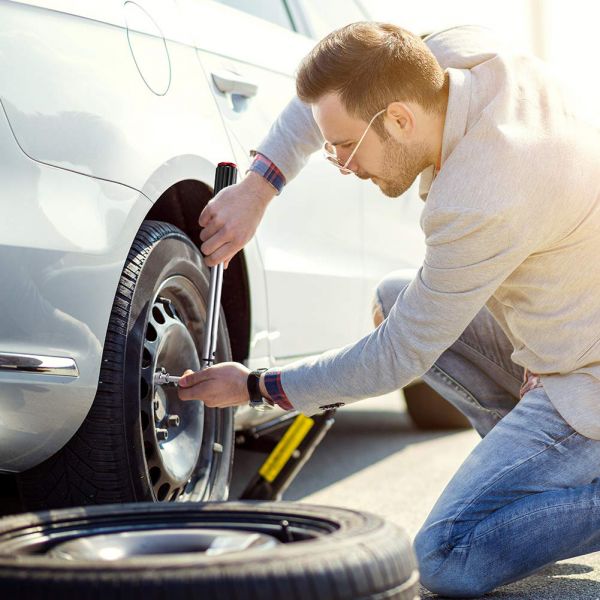 rbc.ru
rbc.ru
Autonews
TV channel
Pro
Investments
Events
+
New economy
Trends
Real estate
Sport
Style
National projects
City
Crypto
Debating club
Research
Credit ratings
Franchises
Newspaper
Special projects St. Petersburg
Petersburg
Conferences St. Petersburg
Special projects
Checking counterparties
Library
Podcasts
ESG index
Politics
Economy
Business
Technology and media
Finance
RBC CompanyRBC Life
adv.rbc.ru
Photo: Mikhail Tereshchenko / TASS
adv.rbc.ru
See also
Nail, rebar or sharp stone - sometimes you can damage a tire almost from scratch. First of all, the scale of damage is important, and often rubber can still be repaired.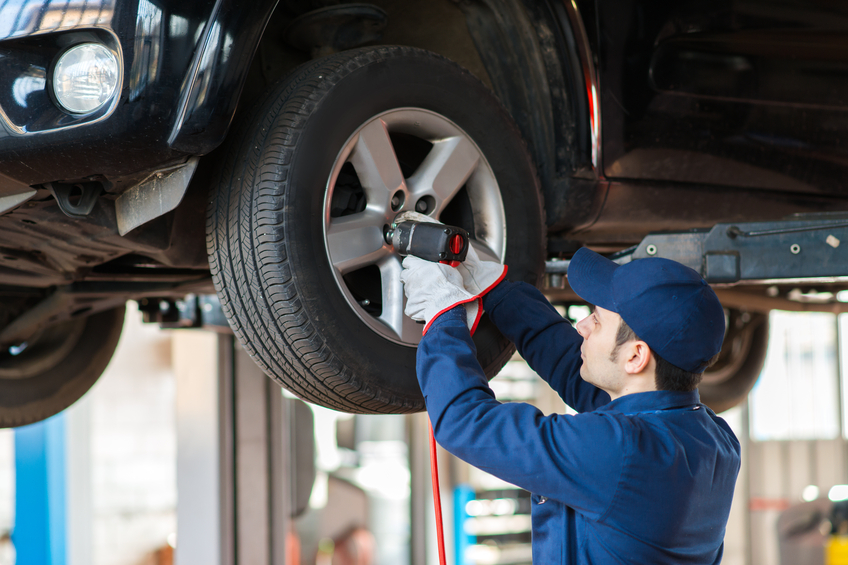 Most often, motorists turn to tire shops for repairs in the middle of autumn or spring - just in the season of replacing summer tires with winter tires and vice versa. In order not to stand in lines, it is worth knowing exactly when to go to the tire shop and when to go to the store.
Most often, motorists turn to tire shops for repairs in the middle of autumn or spring - just in the season of replacing summer tires with winter tires and vice versa. In order not to stand in lines, it is worth knowing exactly when to go to the tire shop and when to go to the store.
The most common "injury" to rubber is a puncture and is most often repairable. Professionals in the nearest service will do it much faster, and your hands will remain clean. But if the puncture caught you in a deserted place, and there is a pump and a tire repair kit with harnesses in the trunk, you can patch up the tire yourself. Most often, when repairing the front tires, the wheel can not even be removed, it is enough to turn the steering wheel in the right direction and find the puncture site.
First, the hole is cleaned with a helical awl, the repair harness is smeared with glue and tucked into the eye of the awl, after which it is inserted into the tire hole. With a sharp movement, the tool is removed, and the tourniquet remains inside and securely clogs the hole.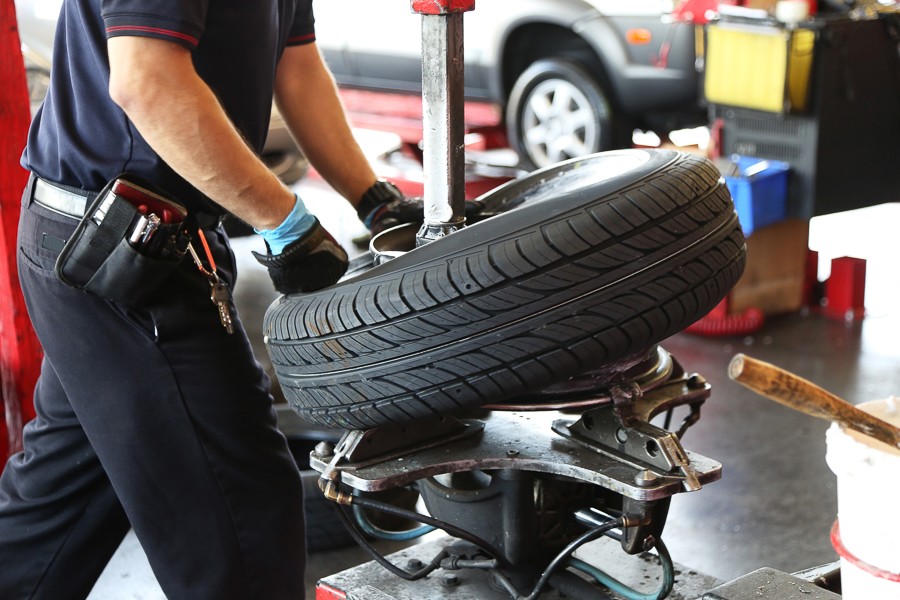 The tails are cut with a knife, but it is recommended to leave about 20 mm. After that, the tire can be inflated and the pressure checked.
The tails are cut with a knife, but it is recommended to leave about 20 mm. After that, the tire can be inflated and the pressure checked.
Repair with harnesses is not considered long-term, because after some time they dry out and begin to let air through. A more advanced puncture repair method is vulcanization. The hole is sealed with an elastic patch, and the funnel at the puncture site is filled with a special compound. A vulcanizer is put on top, which heats the patch and solders the excess.
Under service conditions, the puncture is also repaired with cord fungi. The puncture site is processed and drilled to roughen. Everything is smeared with glue, after which a fungus is introduced from the inside of the tire, its cap is rolled, and the excess legs are cut off from the outside.
Photo: PA Images / TASS
A puncture can also be repaired with sealant. Many car manufacturers with run flat tubeless tires put compressor repair kits in the car instead of a spare tire - a bottle of pressurized sealant.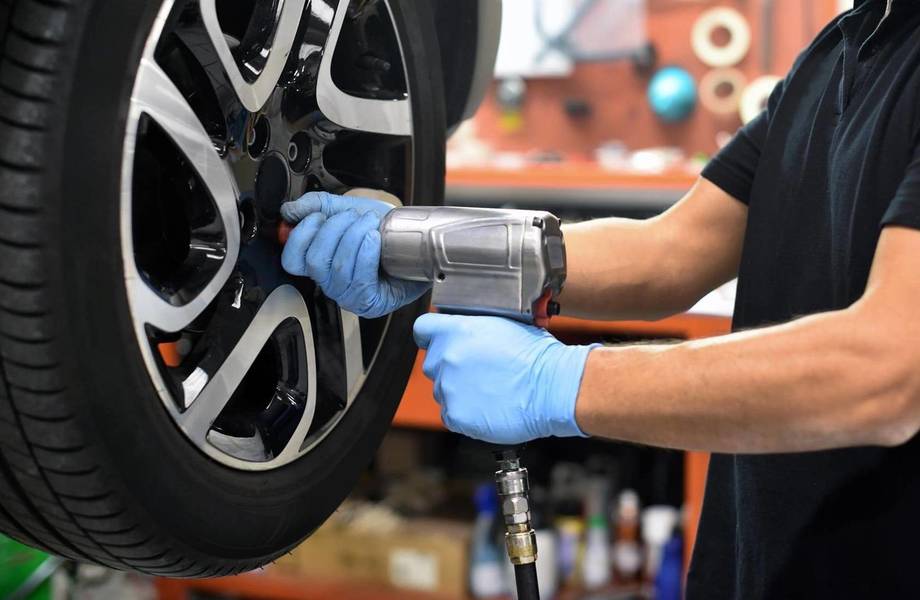 The car is raised on a jack, after which the sealant is pumped into the damaged wheel through the nipple. Next, you need to spin the wheel and pump it up. After repair, the car should be driven a couple of hundred meters to check the tightness of the tire. If it has not recovered, the procedure is repeated.
The car is raised on a jack, after which the sealant is pumped into the damaged wheel through the nipple. Next, you need to spin the wheel and pump it up. After repair, the car should be driven a couple of hundred meters to check the tightness of the tire. If it has not recovered, the procedure is repeated.
It happens that a self-tapping screw or a nail closes the hole in the tire, remaining inside. Do not rush to pull it out - until the pressure drops, you can safely get to the service for vulcanization. Sometimes the wheel begins to blow off a few weeks after the self-tapping screw got into it. Therefore, it is better to check tire pressure periodically, and if the pressure sensor lights up, you should at least visually inspect the tire for a nail head.
A bump or bulge most often occurs on the side of a tire after hitting an obstacle or hitting a hole at speed. From the impact, the sidewall carcass threads are damaged, the tire ceases to hold the load and pressure, swelling appears.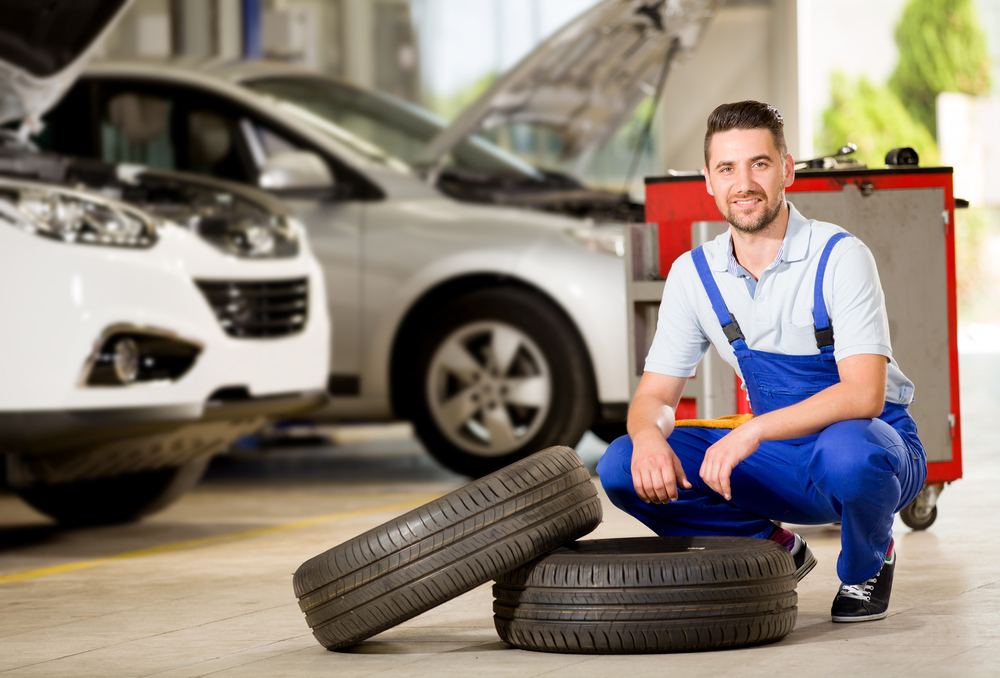 Any small bump eventually turns into a larger one, and with such a defect, the wheel can burst at any time. This is a direct safety hazard because a sudden flat tire can cause loss of control and a road accident.
Any small bump eventually turns into a larger one, and with such a defect, the wheel can burst at any time. This is a direct safety hazard because a sudden flat tire can cause loss of control and a road accident.
Some bulges can be repaired, but no patch will ever restore a tire to factory stiffness. The ideal option in this case is to replace the tire. If a hernia has appeared on the tread, then you can extend the life of the tire with the help of cord patches - ready-to-use patches with an adhesive layer. But if swelling is found on the sidewall, the likelihood of repair is minimal, the wheel is easier to change. Blisters on low profile tires are generally not repairable.
Only car service professionals can repair a side cut. Cord patches will be needed to repair the damage, but after some time the wheel will still have to be changed. This method will work only if the gap is not in the shoulder area of the tire, then no one will repair it.
In general, cuts or punctures, unlike punctures, are considered non-repairable, since the integrity of the frame is violated. And breakdowns do occur on the go, when the tire abruptly loses pressure and has time to make only a few turns “on the rims” before it comes to a complete stop. In this situation, the cord breaks and the layers of the tire are destroyed. Even if it is possible to close the hole, it is not recommended to use such a weakened tire.
And breakdowns do occur on the go, when the tire abruptly loses pressure and has time to make only a few turns “on the rims” before it comes to a complete stop. In this situation, the cord breaks and the layers of the tire are destroyed. Even if it is possible to close the hole, it is not recommended to use such a weakened tire.
Photo: Mikhail Pletsky / Russian Look
Cracks, sidewall abrasions and unprofessional tire fitting can also lead to tire problems. Cracks can occur as a result of improper storage of tires. Their danger is that moisture begins to flow to the cord, and this already renders the frame unusable. Air can also escape through cracks. Cracks cannot be repaired and tires will not last long. A tire with cracks is deformed, blistered, and may even break while driving.
Rubbing against curbs or driving on uneven roadsides can damage the tire sidewall. When driving like this, it is worth inspecting the tires for damage regularly. If a slight wear is found, the wheels can be swapped, which will slightly extend their service life and allow you to delay the purchase of new ones.